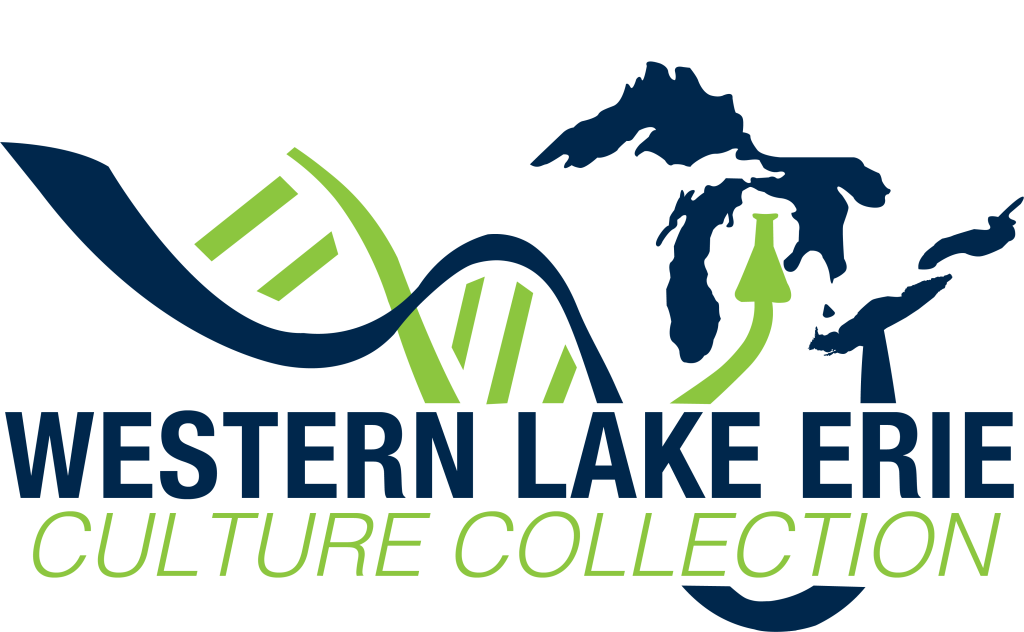Overview
Toxic cyanobacterial harmful algal blooms (cHABs) are a growing threat to freshwater ecosystems, drinking water supplies, and coastal communities around the world. Climate change is driving expansion of cHABs via: (i) more frequent and intense spring storms, leading to higher nutrients loads; (ii) warming waters, favoring cyanobacteria over their algal competitors; (iii) prolonged drought and quiescent periods, leading to calm conditions and lake stratification, which encourages surface scum-forming cHABs; (iv) increasing atmospheric CO2 and aqueous dissolved inorganic carbon, a key nutrient and influence on cHAB community composition and toxicity. In addition, climate change may modulate human health impacts of cHABs by altering pathways of exposure such as aerosolization and through indirect effects on physical and mental health. Despite these serious threats, key scientific questions surrounding the climate drivers and health impacts of cHABs remain unresolved. Our knowledge is not yet sufficient to predict how a changing climate will impact cHAB distributions, community composition, or toxicity. New toxins are being discovered at a rapid pace, and genomic data suggests that many remain undiscovered. Even for the toxins we know about, biochemical properties, toxicological effects, and mechanisms of action remain unclear, especially with regard to the effects of complex mixtures of toxins, understudied routes of exposure such as inhalation, and impacts on vulnerable populations. These knowledge gaps are consequential; a recent modeling study involving two PIs from our Great Lakes Center for Fresh Waters and Human Health suggested that the current USCanada policy to reduce phosphorus loads by 40% will make Lake Erie more toxic. Epidemiological data suggest broad health impacts on water-going and coastal communities. Scientific research is needed to inform ecosystem management and public health policies and practices.
The Laurentian Great Lakes are ground zero for the climate-induced intensification of cHABs. cHABs now occur in every Great Lake, having even expanded into Lake Superior, the largest, coldest, and most pristine of the Great Lakes. Lake Erie has experienced three of the biggest blooms in recorded history in the last 11 years. In August 2014, the municipality of Toledo, OH, issued a “do not drink” advisory on their water supply, directly affecting nearly half a million residential customers and regional businesses for two days. This followed a similar advisory issued by a neighboring municipality less than a year earlier, with both events attributed to contamination of the finished water supply by the hepatotoxin microcystin (formerly known as “fast death factor”) originating from toxic cHABs that had encroached on municipal water intakes. Thus, the threat to water resources in the Great Lakes, which hold ~95% of the surface fresh water in the U.S. and support a multi-billion dollar blue economy, is real.
Data Sets and Resources
Biological and Chemical Oceanography Data Management Office
All biological, physical, and chemical environmental metadata and NCBI accession numbers will be deposited at the Biological and Chemical Oceanography Data Management Office (BCO-DMO)

Great Lakes Atlas for Multi-omics Research
The Great Lakes Atlas for Multi-omics Research (GLAMR) Database enables discovery and exploration of environmental ‘omics’ data from the Laurentian Great Lakes.
Western Lake Erie Culture Collection
The Western Lake Erie Culture Collection (WLECC) contains 21+ xenic Microcystis cultures isolated from the western basin of Lake Erie from 2017-present.

Protocols.io
A collection of protocols used and/or developed by the Great Lakes Center for Fresh Waters and Human Health Research Team.
